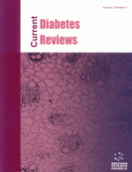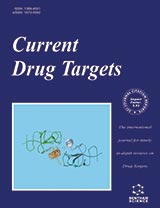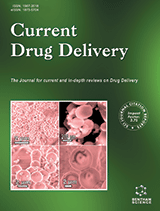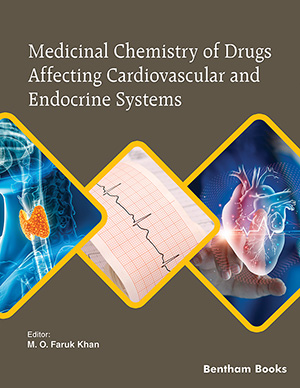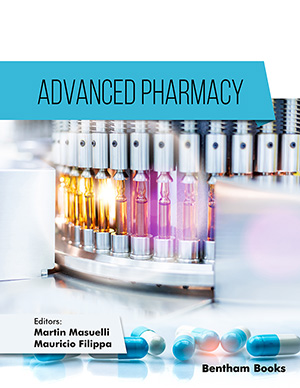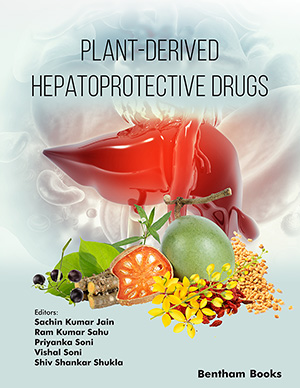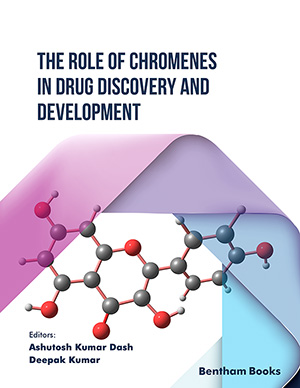Abstract
This paper reviewed two common sources of elderly incontinence with brain etiologies, “vascular incontinence” (a disorder of bladder control resulting from cerebral white matter disease) and normal-pressure hydrocephalus (NPH), from a neurological point of view. Both diseases manifest with gait disturbance, dementia, and urinary incontinence. Urinary frequency/ urgency (overactive bladder, OAB) often precedes urinary incontinence in both diseases, and in some patients may be the initial manifestation. While NPH is less common than vascular incontinence, at approximately one-tenth the prevalence, it is important because the symptoms can be reversed by shunt surgery or endoscopic third ventriculostomy. For vascular incontinence, early identification of risk factors and initiation of secondary prevention are necessary. Detrusor overactivity due to frontal hypofunction may underlie the bladder disorder in both diseases. Treatment options for urinary incontinence include anticholinergics, which do not easily penetrate the blood-brain barrier, or newer drugs that act on the adrenergic beta-3 receptor and other receptors.
Keywords: Geriatric incontinence, white matter disease, normal-pressure hydrocephalus, overactive bladder, anticholinergic drug
Current Drug Therapy
Title:“Vascular Incontinence” and Normal-Pressure Hydrocephalus: Two Commonsources of Elderly Incontinence with Brain Etiologies
Volume: 7 Issue: 1
Author(s): Ryuji Sakakibara, Jalesh Panicker, Clare J. Fowler, Fuyuki Tateno, Masahiko Kishi, Yohei Tsuyusaki, Tomoyuki Uchiyama and Tatsuya Yamamoto
Affiliation:
Keywords: Geriatric incontinence, white matter disease, normal-pressure hydrocephalus, overactive bladder, anticholinergic drug
Abstract: This paper reviewed two common sources of elderly incontinence with brain etiologies, “vascular incontinence” (a disorder of bladder control resulting from cerebral white matter disease) and normal-pressure hydrocephalus (NPH), from a neurological point of view. Both diseases manifest with gait disturbance, dementia, and urinary incontinence. Urinary frequency/ urgency (overactive bladder, OAB) often precedes urinary incontinence in both diseases, and in some patients may be the initial manifestation. While NPH is less common than vascular incontinence, at approximately one-tenth the prevalence, it is important because the symptoms can be reversed by shunt surgery or endoscopic third ventriculostomy. For vascular incontinence, early identification of risk factors and initiation of secondary prevention are necessary. Detrusor overactivity due to frontal hypofunction may underlie the bladder disorder in both diseases. Treatment options for urinary incontinence include anticholinergics, which do not easily penetrate the blood-brain barrier, or newer drugs that act on the adrenergic beta-3 receptor and other receptors.
Export Options
About this article
Cite this article as:
Sakakibara Ryuji, Panicker Jalesh, J. Fowler Clare, Tateno Fuyuki, Kishi Masahiko, Tsuyusaki Yohei, Uchiyama Tomoyuki and Yamamoto Tatsuya, “Vascular Incontinence” and Normal-Pressure Hydrocephalus: Two Commonsources of Elderly Incontinence with Brain Etiologies, Current Drug Therapy 2012; 7 (1) . https://dx.doi.org/10.2174/157488512800389218
| DOI https://dx.doi.org/10.2174/157488512800389218 |
Print ISSN 1574-8855 |
| Publisher Name Bentham Science Publisher |
Online ISSN 2212-3903 |
Call for Papers in Thematic Issues
Novel Therapeutic Approaches and Biomarkers for Chronic Kidney Disease (CKD)
The thematic issue on "Novel Therapeutic Approaches and Biomarkers for CKD" aims to provide a comprehensive exploration of cutting-edge strategies for the management of chronic kidney disease (CKD). This issue will delve into emerging therapeutic targets, focusing on critical aspects such as podocyte injury, endothelial dysfunction, and tubulointerstitial fibrosis, which ...read more
 19
19
- Author Guidelines
- Graphical Abstracts
- Fabricating and Stating False Information
- Research Misconduct
- Post Publication Discussions and Corrections
- Publishing Ethics and Rectitude
- Increase Visibility of Your Article
- Archiving Policies
- Peer Review Workflow
- Order Your Article Before Print
- Promote Your Article
- Manuscript Transfer Facility
- Editorial Policies
- Allegations from Whistleblowers
Related Articles
-
Exercise as Treatment for Neuropathy in the Setting of Diabetes and Prediabetic
Metabolic Syndrome: A Review of Animal Models and Human Trials
Current Diabetes Reviews Bisthiourea Derivatives of Dipeptide Conjugated Benzo[d]isoxazole as a New Class of Therapeutics: Synthesis and Molecular Docking Studies
Anti-Inflammatory & Anti-Allergy Agents in Medicinal Chemistry Ibubrofen in the Treatment of Patent Ductus Arteriosus in Preterm Infants: What We Know, What We Still Do Not Know
Current Pharmaceutical Design Impact of Sitagliptin on Non-diabetic Covid-19 Patients
Current Molecular Pharmacology 6-Oxo-Morphinane Oximes: Pharmacology, Chemistry and Analytical Application
Current Medicinal Chemistry Imidazole: An Essential Edifice for the Identification of New Lead Compounds and Drug Development
Mini-Reviews in Medicinal Chemistry Mechanisms of Action and Chemical-Biological Interactions Between Ozone and Body Compartments: A Critical Appraisal of the Different Administration Routes
Current Drug Therapy Acute Kidney Injury in Pediatric Heart Failure
Current Cardiology Reviews Targeting B Cells in SLE: The Experience with Rituximab Treatment (Anti-CD20)
Endocrine, Metabolic & Immune Disorders - Drug Targets Ambulatory Blood Pressure Monitoring in the Diagnosis and Management of Arterial Hypertension in Current Medical Practice in Algeria
Current Hypertension Reviews Antibodies Against Recombinant Catalytic Domain of Lethal Toxin of Clostridium sordellii Neutralize Lethal Toxin Toxicity in HeLa Cells
Protein & Peptide Letters Nutritional and Therapeutic Potential of Garlic and Onion (Allium sp.)
Current Nutrition & Food Science Anti-Endotoxin Agents. 3. Rapid Identification of High-Affinity Lipopolysaccharide-Binding Compounds in a Substituted Polyamine Library
Combinatorial Chemistry & High Throughput Screening Can HIV be Cured? Mechanisms of HIV Persistence and Strategies to Combat It
Current HIV Research Prevention of Contrast Induced Nephropathy
Current Drug Therapy Trends in the Development of New Drugs for Treatment of Benign Prostatic Hyperplasia
Current Medicinal Chemistry Effects of Obesity on Vascular Potassium Channels
Current Vascular Pharmacology Side Effects of Clozapine and Some Other Psychoactive Drugs
Current Drug Safety Antisense Oligonucleotides in the Treatment of Cerebral Gliomas. Review of Concerning Patents
Recent Patents on CNS Drug Discovery (Discontinued) Adverse Drug Reactions in a Pulmonary Teaching Hospital: Incidence, Pattern, Seriousness, and Preventability
Current Drug Safety













